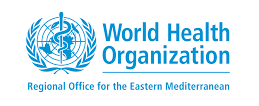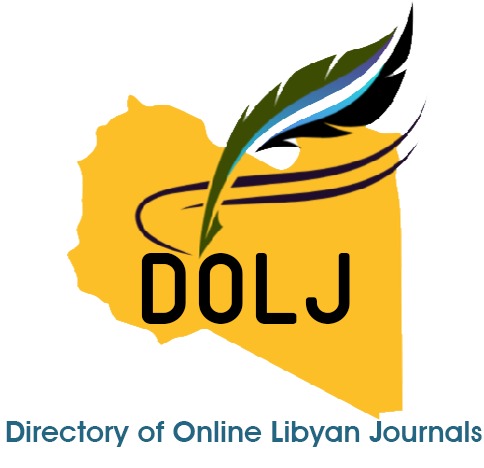Needlestick Injury Exposure and Knowledge among Sudanese Healthcare Workers, in Khartoum State
DOI:
https://doi.org/10.69667/amj.25308Keywords:
Needle Stick Injury, Healthcare Workers, Exposure, Knowledge, Infection Prevention.Abstract
Needle stick injuries (NSIs) are one of the most common routes for the spread of blood-borne infections, including HIV and hepatitis B and C is through needle stick injuries (NSIs), posing significant occupational risks to healthcare workers (HCWs). In environments where occupational safety practices are insufficient, these risks are heightened. This study aimed to assess the exposure and knowledge of NSIs among HCWs in Khartoum State. A hospital-based cross-sectional study was conducted between September 2022 and March 2023. A total of 300 healthcare workers participated by completing a structured questionnaire. The survey covered demographic data, exposure to needle stick injuries, and post-exposure actions. Data was analyzed using version 23 of SPSS. Frequencies and percentages were calculated for categorical variables. The Exposure of NSIs among healthcare workers in the past six months was 38.7% (116/300). Of those injured, 21.3% (64/300) experienced one injury, while 12.7% (38/300) had two injuries, and 5% (15/300) reported three or more injuries. A significant portion (58.3%) of injuries went unreported, mainly due to being too busy or perceiving the exposure as insignificant. The primary causes of NSIs were improper needle recapping and handling. Recapping needles with two hands was a common practice, with 37% of healthcare workers doing so incorrectly. The Exposure of NSIs among HCWs was moderate, but underreporting and unsafe practices, such as needle recapping, remain problematic. Strengthening awareness, improving reporting systems, and encouraging the use of personal protection equipment and other safety protocols are essential to reduce NSI risks and improve occupational safety.












